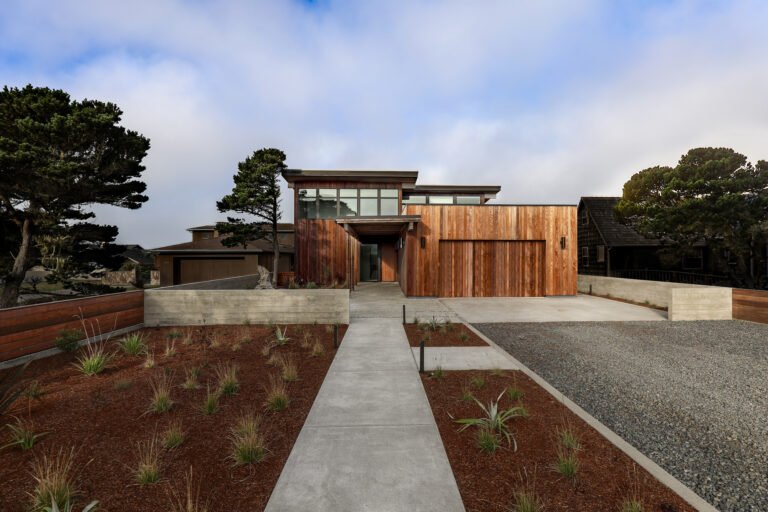Tour the Cotswolds Home Where William Morris Created His Most Iconic Prints
The act of discovery has been another source of joy for Williams during the renovation. Thanks to Evans’s photos, wallpapers were switched out in Jane’s and William’s rooms with new ones made by artisans using the original blocks from the Morris & Co. archive. In the former, Williams learned William’s Blue Fruit lined the walls, while in the latter, a darker colorway of William’s Daisy pattern (detected by a slit of color underneath the preexisting wallpaper) was used to be as accurate as possible. Similar processes helped to modify paints, papers, and coverings throughout the home. In another discovery, the fire surround photographed in William’s bedroom was found in one of the property’s barns (presumably in storage since the ’60s) and returned to the space during renovation.
As influential as Kelmscott Manor had been on William’s artistry, Williams argues the home even more substantially shaped the designer’s passion for the preservation of historic buildings. “Morris founded the Society for the Protection of Ancient Buildings in 1877 because he saw churches in Kelmscott being, in his words, ‘desecrated and modernized,’” Williams says. The house reflects Jane’s and May’s continuation of William’s creative and philanthropic legacy—their own embroideries are displayed throughout—and Kelmscott Village is sprinkled with buildings, such as the Memorial and Manor Cottages and Morris Memorial Hall, that they either helped establish and fund. Williams adds, “For people who really love Morris, visiting Kelmscott is a pilgrimage.”
Photo courtesy Society of Antiquaries of London – Kelmscott Manor
Photo courtesy Society of Antiquaries of London – Kelmscott Manor

